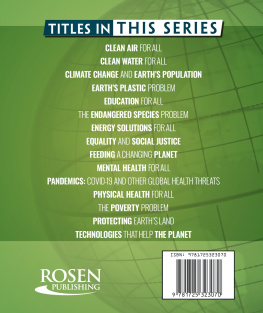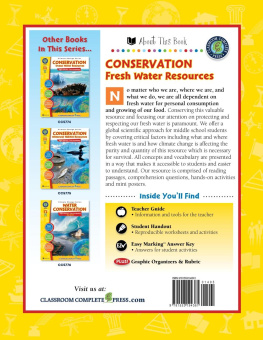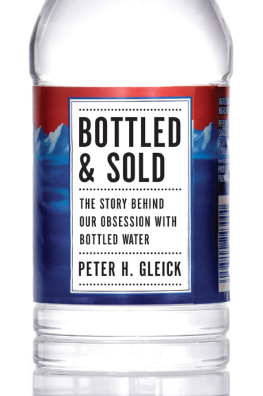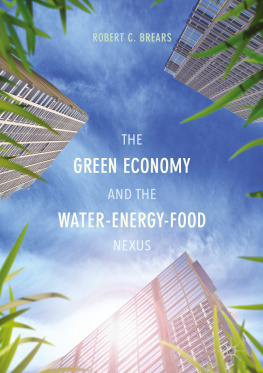Contents
Guide

MOVING WATER
MOVING WATER
THE EVERGLADES AND BIG SUGAR
AMY GREEN

JOHNS HOPKINS UNIVERSITY PRESS
BALTIMORE
2021 Amy Green
All rights reserved. Published 2021
Printed in the United States of America on acid-free paper
2 4 6 8 9 7 5 3 1
Johns Hopkins University Press
2715 North Charles Street
Baltimore, Maryland 21218-4363
www.press.jhu.edu
Library of Congress Cataloging-in-Publication Data
Names: Green, Amy, 1976 author.
Title: Moving water : the Everglades and big sugar / Amy Green.
Description: Baltimore : Johns Hopkins University Press, 2021. Includes bibliographical references and index.
Identifiers: LCCN 2020019562 | ISBN 9781421440361 (hardcover) ISBN 9781421440378 (ebook)
Subjects: LCSH: South Florida Ecosystem Restoration Program.
Restoration ecologyFloridaEverglades. | Ecosystem managementFloridaEverglades. | Sugar tradeFloridaEverglades. | Sugar growingFloridaEverglades.
Classification: LCC QH105.F6 G728 2021 | DDC 333.73/1530975939dc23
LC record available at https://lccn.loc.gov/2020019562
A catalog record for this book is available from the British Library.
Special discounts are available for bulk purchases of this book. For more information, please contact Special Sales at .
Johns Hopkins University Press uses environmentally friendly book materials, including recycled text paper that is composed of at least 30 percent post-consumer waste, whenever possible.
For Rebecca
WHAT HAPPENS IN THE EVERGLADES is now at a crossroads. Will its sickness, diseased by pollution and thirst, be halted? Can it become a model for sustainable development, with the natural system, farming, and the urban economy adjusting to water management reforms that will make economic development and natural protection more easily achieved?
The history of the Everglades tells us the answer is no. It will continue to be compromised by those who occupy high government offices, governing but not leading. Environmentalists will rally around it, as they have done for decades, but their voice is not strong enough against the forces that would use the Everglades. Only a swelling cry of citizen support will change the dynamics of the Everglades, from systematic destruction to restoration....
The Everglades uses no power, creates no pollutants, and if brought back to life will yield sustainable benefits forever.
GEORGE BARLEY
Chairman, Save Our Everglades
1994
ABOUT THIS BOOK
This book is a work of journalism, meant as a record of pivotal events in Florida history that stand to shape the state for generations to come. Although the book is about the Barleys, their views do not necessarily reflect mine. My job as a journalist is to present the facts as clearly and eloquently as I can and let you, the reader, decide your truth.
I spent some ten years researching this book, which is based primarily on news articles, the Barleys personal records, and scientific papers. It is also based on countless interviews I conducted and email exchanges with academics, advocates, politicians, and other experts, as well as farmers and residents of the Everglades Agricultural Area, many of whomdespite their helpfulnessasked that their names not be included. I have respected their wishes even as I have tried to fairly include their perspectives.
Where possible I have tried to corroborate events using multiple sources. Dialogue is taken from news articles and interviews as it was recounted to me. These words belong to the individuals who uttered them, and I have not altered them.
MOVING WATER
INTRODUCTION
At the heart of everything is the water.
The water is brown but not muddy. Perhaps this surprises you. Perhaps you imagined mud. Thick, dense mud. Stagnant, suck-the-shoe-off-your-foot mud. Instead the water is clear. Peer into it, and you can see fish dart and turtles paddle. Often the water is described as tea-colored because, like tea, it is colored by leaves, most notably from cypress and pine trees. The water is cool, refreshing even on a hot day. It flows, an important fact for the Everglades. Sometimes the water is smooth as a mirror, reflecting the image of the verdant beauty surrounding it. Tall, leafy cypress trees. Shorter, stouter pond apple trees. When this occurs, you do not peer into the water but stand back and admire the Impressionist painting the water has created.
I once heard the famed photographer Clyde Butcher, known for his stark, black-and-white images of Floridas wilderness, say he drinks the water right from the swamp. Imagine Santa Claus in the swamp and you can imagine Butcher, water up to his wide girth, shirt sleeves cuffed at his elbows, brimmed hat shading his white beard.
Weve drank out of the swamp, and Im still here, he said. I followed Butcher into the swamp, water reaching my hips. This is so cool, I said. But I did not drink the water.
Moving water is tricky. By this I mean the feat of relocating water from one place to another. Shortening and straightening rivers. Draining lakes into the sea. The engineering is easy. Weve done that for two centuries. But moving water is more complex than the fundamental task of disposing of it to make space for new homes and ignite a housing and agricultural boom, which is what early Floridians envisioned for South Florida and what they got. Moving water sends a cascade of consequences throughout an ecosystem as unique and diverse as the Everglades, some anticipated and some not.
When the Old Ingraham Highway opened in the early 1920s, it was the first to give Ford Model Ts access to the fishing village of Flamingo on Florida Bay near the peninsulas southernmost tip. Hunters and moonshiners used the highway during the dry season as a route into the Everglades. During the rainy season the highway was often impassable. Parts of the highway were constructed on limestone dug from the sawgrass prairie by a dredge floating on barges. The Homestead Canal left behind by the dredge flowed parallel to the highway. Today remnants of the highway are part of the Anhinga Trail in Everglades National Park. The trail is among the parks most popular, offering abundant views of wildlife including alligators, turtles, anhingas, herons, egrets, and many other birds, especially during winter.
After the highway opened Floridians noticed a change in the vegetation on the highways south side, where it crossed Taylor Slough. Carolina willow and pond apple flourished, while on the highways north side the sawgrass prairie remained. Floridians would discover that the highway served as a dam for the river of grass, altering the flow of water subtly but enough to alter the vegetation. Scientists still are not completely sure how this happens, says Tom Van Lent, senior scientist at the Everglades Foundation. They believe some of it has to do with nutrients. The Everglades are a low-nutrient ecosystem. The water flows slowly over a large land area, spreading nutrients thinly; and it may be that the Old Ingraham Highway concentrated nutrients in certain places, transforming the vegetation.
In an ecosystem as unique and diverse as the Everglades it is possible we have not yet experienced all of the consequences of moving water, and we can only wonder about the future. Sometimes our perception of consequences changes. Our values change, and we come to hold dear things we once hardly valued at all. A half century after the Everglades were drained, shrinking the river of grass by half, the regions population has soared far beyond what early Floridians imagined. Demographers anticipated 2 million people in South Florida by the turn of the century. Today 8 million people live there, and forecasts are for the massive influx to continue. The population has grown so fast that South Floridians are realizing they could run out of water very soon.












